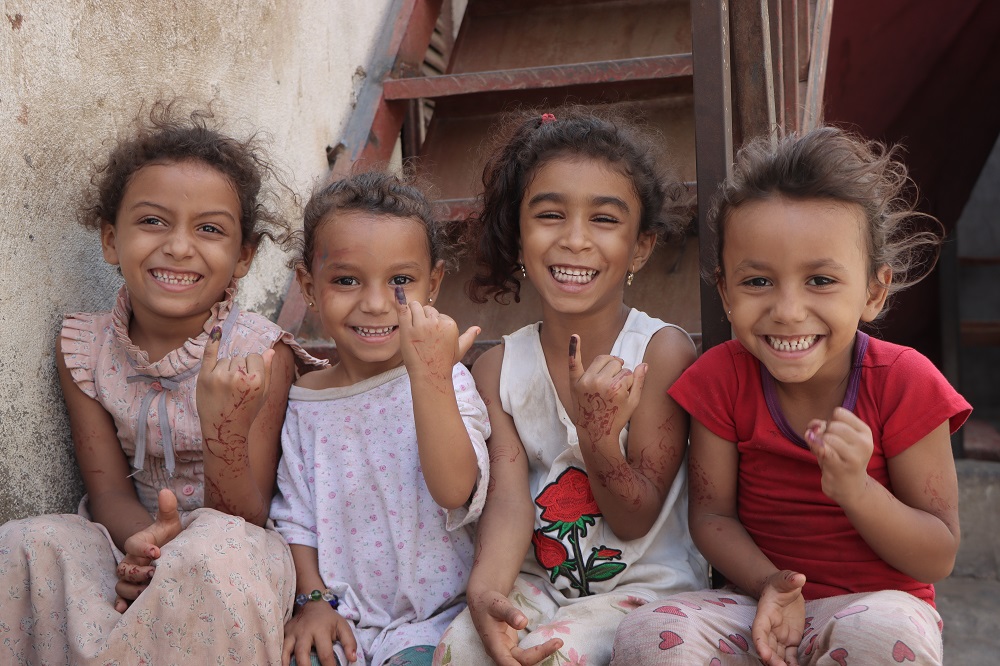Underprivileged children face a multitude of challenges. One of the most pressing concerns is their limited access to proper healthcare. Preventable illnesses, which should have been curtailed through timely interventions. Thus they continue to affect these vulnerable young lives.
This blog of Fikrah sheds light on the critical issue of healthcare inequality. It also explores strategies to enhance healthcare access for underprivileged children.
Strategies to improving healthcare access for underprivileged children:
1. The Healthcare Disparity Dilemma
The healthcare disparity gap is an alarming reality in many communities. Underprivileged children are disproportionately affected by preventable illnesses due to barriers. Such as lack of insurance, transportation difficulties, and limited healthcare facilities in their neighborhoods. This inequality perpetuates a cycle of poor health and hinders their development.
2. Importance of Early Intervention
Preventable illnesses, ranging from respiratory infections to vaccine-preventable diseases, can have long-lasting effects. On a child’s physical and cognitive development. Early intervention plays a pivotal role in minimizing the impact of these illnesses. But, without accessible healthcare, minor health concerns can escalate into major health crises.
3. Community-Centered Healthcare Solutions
Community-based healthcare initiatives are key to addressing this issue. Mobile clinics, school-based health centers, and community health fairs bring healthcare services to underprivileged children. Thus eliminating transportation barriers and ensuring regular check-ups and timely vaccinations.
4. Promoting Health Literacy
Improving healthcare access goes hand in hand. Promoting health literacy among parents and caregivers. Workshops and informational sessions can empower them with knowledge. To recognize early signs of illness, practice preventive measures, and seek timely medical attention.
5. Collaborative Efforts for Change
Governments, non-profit organizations, and healthcare providers must collaborate to create sustainable change. Increased funding for clinics in underserved areas, streamlined enrollment processes for government healthcare programs, and partnerships with NGOs can expand healthcare access for underprivileged children.
6. Telehealth as a Game Changer
The digital age brings opportunities to revolutionize healthcare access. Telehealth services can connect underprivileged children with medical professionals via virtual consultations. Thus ensuring that they receive the care they need even in remote areas with limited healthcare infrastructure.
Click here to know more about “Why community health is important for public health?”
Conclusion:
Addressing preventable illnesses among underprivileged children requires a comprehensive approach. That includes community engagement, education, and policy changes. By advocating for healthcare equality and implementing sustainable solutions, we can pave the way for a healthier future for every child, regardless of their socio-economic background. It’s not just a matter of healthcare; it’s a matter of justice, equity, and the well-being of the next generation.

